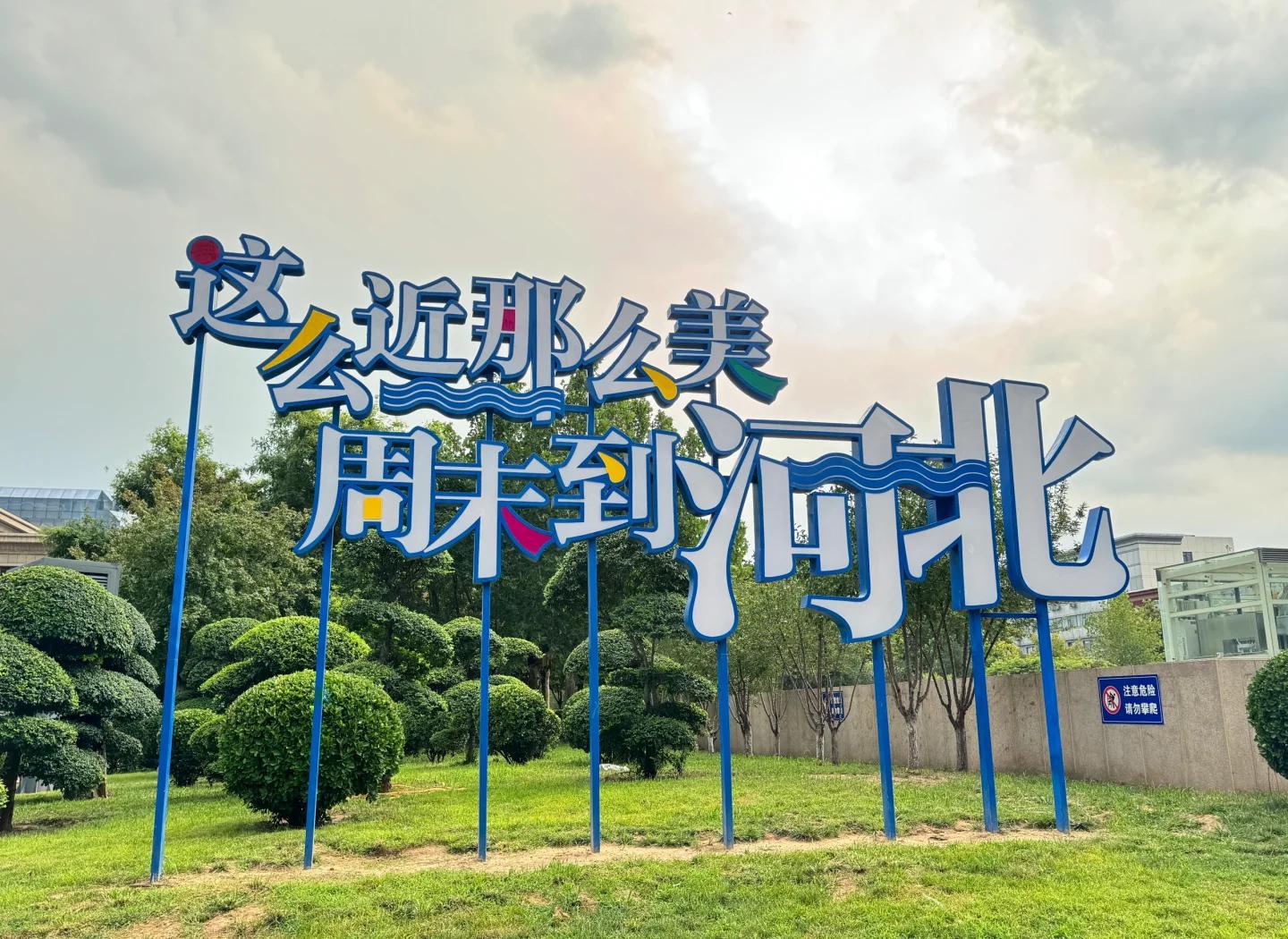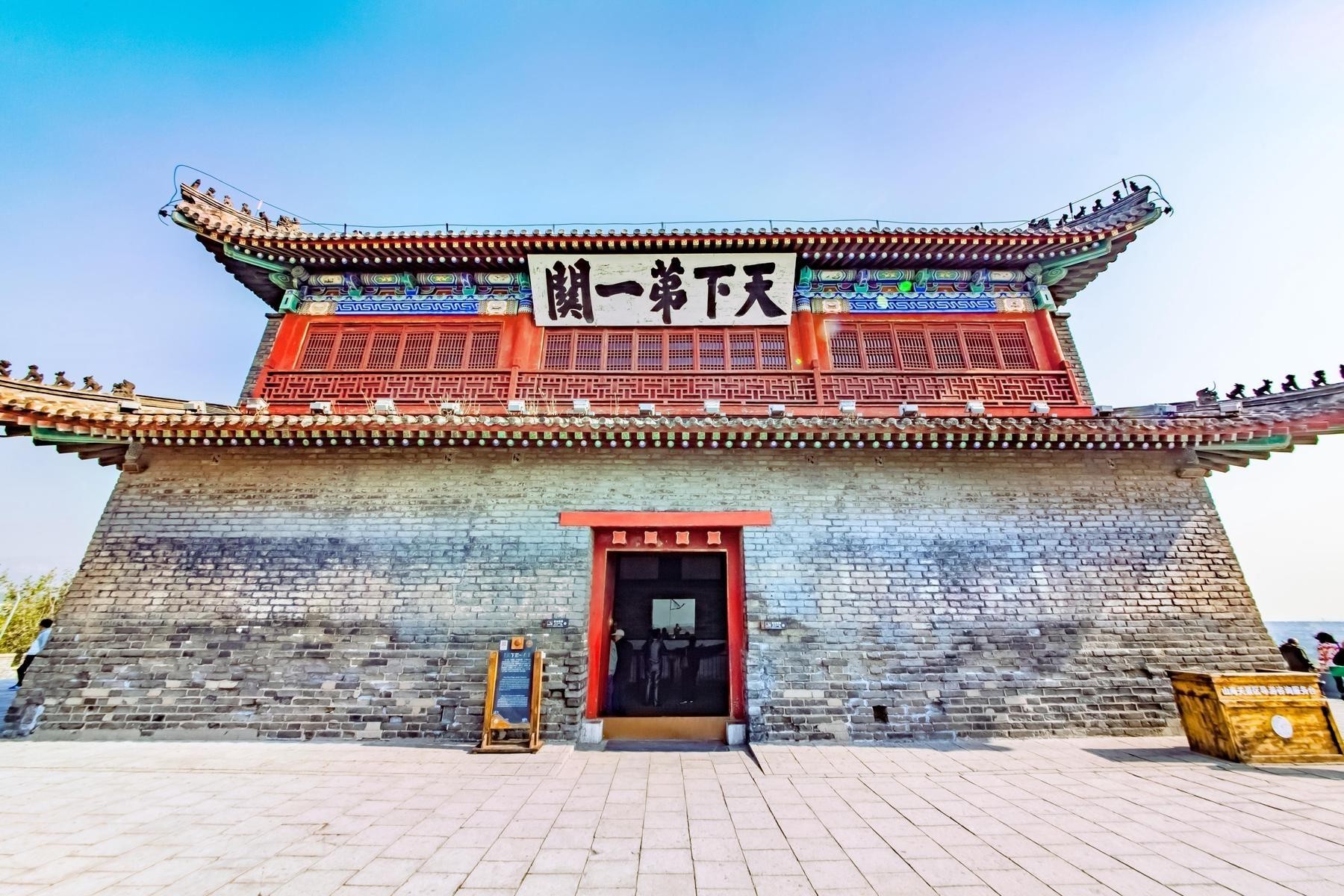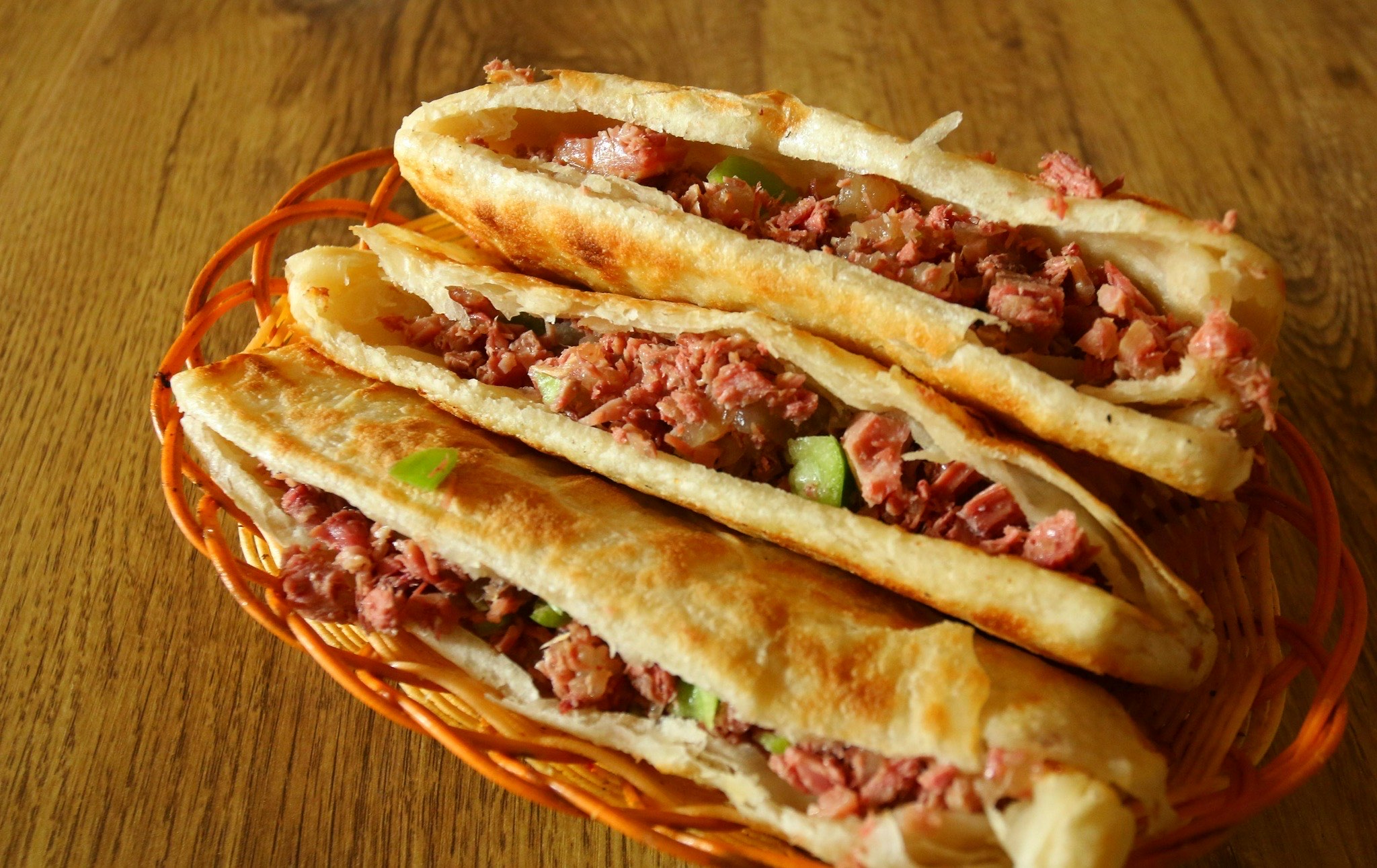Hebei Province
Panoramic introduction of Hebei Province

Hebei Province, abbreviated as "Ji", is an important province in North China, encircling the capital Beijing and the two municipalities of Tianjin. With a total area of 188,800 square kilometers, it governs 11 prefecture-level cities and has a permanent resident population of 74.61 million (as of 2022). As the core area of the coordinated development of Beijing-Tianjin-Hebei, Hebei serves as both a "moat" for the capital and a transportation hub connecting North China, Northeast China, and Northwest China. In 2022, the province's GDP reached 4.2 trillion yuan.
II. Geographical Features
1. Location advantage
Hebei is located between 36¡ã05¡ä N and 42¡ã40¡ä N latitude, and 113¡ã27¡ä E and 119¡ã50¡ä E longitude. It borders the Bohai Sea to the east, the Taihang Mountains to the west, the Inner Mongolian Plateau to the north, and the Central Plains to the south. Its unique geographical location makes it a "golden corridor" connecting Northeast China, North China, and Northwest China.
2. Topography and landform
The terrain of the province is distributed in a stepped manner:
Northwest: Bashang Plateau (altitude 1200-1500 meters)
North: Yanshan Mountains
West: Taihang Mountains
Southeast: North China Plain (accounting for 43.4% of the province's area)
3. Water system distribution
Haihe River system: The drainage area accounts for 70% of the province
Luanhe River system: the main river system in eastern Hebei
Inland river system: Bashang region
4. Climate characteristics
It belongs to temperate monsoon climate with four distinct seasons:
Annual average temperature: 4-13¡æ
Annual precipitation: 300-800 mm
Salient features: windy in spring, hot and rainy in summer
III. Historical Context
1. Origin of civilization
Ancient times: Nihewan site (2 million years ago)
During the Shang and Zhou dynasties, Xingtai served as the capital of Zu Yi
Warring States period: birthplace of Yan and Zhao culture
2. Feudal period
Qin and Han dynasties: Establishment of administrative regions such as Youzhou and Jizhou
Sui and Tang dynasties: The opening of the Hebei section of the Grand Canal
Ming and Qing dynasties: core region of Beizhili
3. Modern and contemporary development
1928: The province was officially established
During the Anti-Japanese War: the Jin-Cha-Ji Anti-Japanese Base Area
Contemporary: National Strategy for Coordinated Development of Beijing-Tianjin-Hebei Region
IV. Cultural Essence
1. Multicultural integration
Yanzhao culture: the chivalrous spirit of generosity and tragic melody
Great Wall Culture: A Historical Testimony to Ethnic Integration
Canal culture: an important link for north-south exchanges
2. Intangible cultural heritage

Folk Art: Weixian Paper Cuttings, Wuqiang New Year Paintings
Traditional craftsmanship: Tangshan ceramics, Quyang stone carving
3. Dialect characteristics
Hebei-Shandong Mandarin area: Central and eastern regions
Jin dialect area: Zhangjiakou and other places in the west
Beijing Mandarin area: Chengde and other places in the north
V. Tourist Attractions
1. World Heritage

Mountain Resort and its Outlying Temples
Qing East Tomb, Qing West Tomb
Grand Canal (Hebei section)
2. 5A-level scenic spot
Baiyangdian (the largest freshwater lake in North China)
Yesanpo (northern karst landform)
Xibaipo (Birthplace of the People's Republic of China)
Shanhaiguan (the eastern starting point of the Great Wall)
3. Special routes
Red Journey: Xibaipo - Chengnanzhuang
Great Wall Cultural Tour: From Laolongtou to Jinshanling
Ice and snow tourism belt: ski resorts in Chongli, Zhangjiakou
VI. Food Map
1. Three major schools of Hebei cuisine

Jingdong coastal cuisine: Shanhaiguan Hun pot, Qinhuangdao seafood
Northern China Flavor School: Zhangjiakou Youmian (a type of wheat noodle made from naked oats) and Chengde Manchu cuisine
2. Local snacks
Shijiazhuang: Jinfeng braised chicken, Shaobing (Baked cake in griddle)
Handan: Ermao roast chicken, Yongnian donkey meat sausage
Tangshan: Honey sesame candy, Wanlixiang roast chicken
3. Specialty drinks
Heng Shui Liquor
Chengde Lulu
Zhangjiakou Great Wall Dry Red Wine
VII. Current Development Status
1. Industrial layout
Steel industry: the largest steel-producing province in China
Equipment manufacturing: Tangshan Railway Vehicles, Baoding Automobiles
Modern Agriculture: The granary of North China
Digital economy: Xiong'an New Area leads the way
2. Transportation network
Railway: "Six vertical and six horizontal" high-speed rail network
Ports: Qinhuangdao Port, Tangshan Port, Huanghua Port
Airports: 6 transportation airports including Shijiazhuang Zhengding International Airport
From the majestic Taihang Mountains to the vast North China Plain, from its rich historical culture to its modern industrial system, Hebei is marching towards a new journey of high-quality development with a brand-new attitude. This ancient yet vibrant land will continue to write a brilliant chapter in the new era.
simliy
